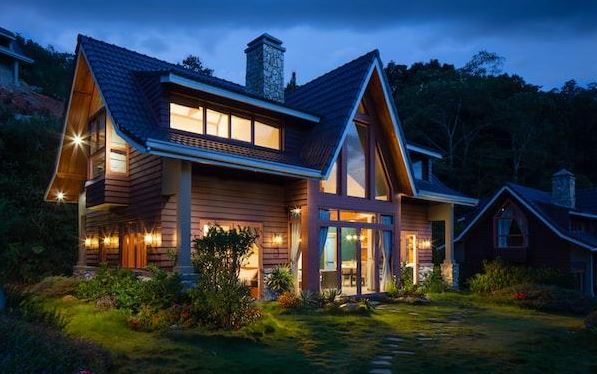A geothermal heat pump system is an energy-efficient heating and cooling system that utilizes the natural warmth of the Earth to provide heating, cooling, and hot water for homeowners. Unlike conventional HVAC systems that burn fossil fuel to produce heat or cool air, geothermal systems use a network of underground pipes (also referred to as a ground loop) filled with water or antifreeze solution to exchange thermal energy and ensure their indoor environment is temperate. These systems have many benefits, though many homeowners aren’t familiar with them. If you want to learn more, keep reading to find out about the advantages of geothermal heat pump systems.
What are the advantages of a geothermal heat pump system?
Geothermal heat pump systems offer a number of advantages over traditional heating and cooling systems. Geothermal energy has been used for decades, but the modern geothermal heat pump system is becoming increasingly popular due to its efficiency and cost savings. Utilizing renewable resources like groundwater instead of burning fossil fuels reduces pollution levels involved with traditional HVAC units and makes these systems more eco-friendly. Because no emissions are released directly from the unit itself, there is less impact on air quality both inside and outside your home.
In terms of energy costs, geothermal heat pumps can save homeowners hundreds or even thousands of dollars each year due to their high-efficiency ratings. Heat pumps use significantly less energy than conventional systems because they rely on natural sources such as underground water tables rather than burning fossil fuels like gas furnaces do. Additionally, they provide even more savings throughout different times of the year since they don’t require additional electricity for defrosting during winter months, as other types of HVAC systems would.
The average lifespan for a geothermal system is around 25 years, which is much longer than any conventional HVAC unit currently on the market today. Traditional systems typically have lifespans between 10 to 15 years, at which point they will need to be replaced again. Since these units are built underground without exposure to weather elements like rain or snowfall, their longevity is increased significantly too. Just be sure you’re proactive about regular maintenance so your system can provide optimal performance.
How else can you maintain your preferred indoor temperature?
Now that you know more about how geothermal systems work, let’s discuss some things you can do to support your HVAC system and maintain your preferred indoor temperature. For example, proper ventilation is necessary if you want your indoor environment to be comfortable all year round. Without proper ventilation, a building can quickly become stuffy and uncomfortable, leading to a range of health issues like breathing difficulties, headaches, allergies, and fatigue. The use of ceiling or standing fans and opening your windows from time to time can help.
If you want more precise control over your HVAC system, then you should upgrade to a smart thermostat. Not only does it save you money on your energy bill, but it can conserve energy and make your home more comfortable. In addition, a smart thermostat can allow you to stay connected to your home while you’re away. Smart thermostats are able to do this by learning your habits and adjusting the temperature accordingly. Some models are even able to optimize your energy consumption to be as eco-friendly as possible and lower your home’s carbon footprint.
As you can see, geothermal heat pump systems are a reliable, cost-effective, and energy-efficient solution that can provide numerous advantages to homeowners, businesses, and the environment. With their high ROI, low operating costs, and minimal maintenance requirements, geothermal systems offer an attractive alternative to traditional heating and cooling solutions. You can further ensure that your home remains temperate by taking steps like improving your home’s ventilation and upgrading to a smart thermostat. If you follow the advice in this article, then you’ll be well on your way to creating your ideal indoor space.


